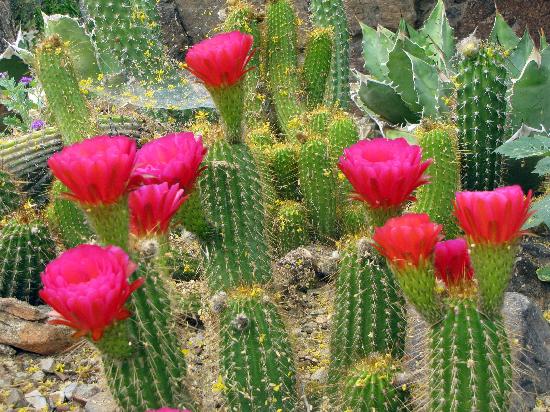Stamp: Mineral spas (Chile 1940)
Mineral spas (Chile 1940)
01 January (Chile ) within release Country views goes into circulation Stamp Mineral spas face value 30 Chilean centavo
| Stamp Mineral spas in catalogues | |
|---|---|
| Michel: | Mi: CL D46 |
| Stamp Number: | Sn: CL O46 |
Stamp is square format.
Also in the issue Country views:
- Stamp - Conte de Biancamano (freighter) and Ponderoso (tug) face value 2;
- Stamp - Calbuco (fishing boat) face value 1;
- Stamp - Osorno Volcano face value 1.80;
- Stamp - Copper mine face value 40;
- Stamp - Boldo tree (Peumus boldus) face value 15;
- Stamp - Rural landscape face value 10;
- Stamp - Mineral spas face value 30;
- Stamp - Petroleum tanks face value 50;
- Stamp - Nitrate works face value 20;
|
Data entry completed
53%
|
|
|---|---|
| Stamp Mineral spas in digits | |
| Country: | Chile |
| Date: | 1940-01-01 |
| Print: | Offset lithography |
| Perforation: | 13½ x 14 |
| Emission: | Official |
| Format: | Stamp |
| Face Value: | 30 Chilean centavo |
Stamp Mineral spas it reflects the thematic directions:
A cactus (pl.: cacti, cactuses, or less commonly, cactus) is a member of the plant family Cactaceae (/kækˈteɪsi.iː, -ˌaɪ/),[a] a family of the order Caryophyllales comprising about 127 genera with some 1,750 known species.The word cactus derives, through Latin, from the Ancient Greek word κάκτος (káktos), a name originally used by Theophrastus for a spiny plant whose identity is now not certain. Cacti occur in a wide range of shapes and sizes. They are native to the Americas, ranging from Patagonia in the south to parts of western Canada in the north, with the exception of Rhipsalis baccifera, which is also found in Africa and Sri Lanka. Cacti are adapted to live in very dry environments, including the Atacama Desert, one of the driest places on Earth. Because of this, cacti show many adaptations to conserve water. For example, almost all cacti are succulents, meaning they have thickened, fleshy parts adapted to store water. Unlike many other succulents, the stem is the only part of most cacti where this vital process takes place. Most species of cacti have lost true leaves, retaining only spines, which are highly modified leaves. As well as defending against herbivores, spines help prevent water loss by reducing air flow close to the cactus and providing some shade. In the absence of true leaves, cacti's enlarged stems carry out photosynthesis.
A landscape is the visible features of an area of land, its landforms and how they integrate with natural or man-made features. A landscape includes the physical elements of geophysically defined landforms such as (ice-capped) mountains, hills, water bodies such as rivers, lakes, ponds and the sea, living elements of land cover including indigenous vegetation, human elements including different forms of land use, buildings and structures, and transitory elements such as lighting and weather conditions. Combining both their physical origins and the cultural overlay of human presence, often created over millennia, landscapes reflect a living synthesis of people and place that is vital to local and national identity. The character of a landscape helps define the self-image of the people who inhabit it and a sense of place that differentiates one region from other regions. It is the dynamic backdrop to people’s lives. Landscape can be as varied as farmland, a landscape park, or wilderness. The earth has a vast range of landscapes, including the icy landscapes of polar regions, mountainous landscapes, vast arid desert landscapes, islands and coastal landscapes, densely forested or wooded landscapes including past boreal forests and tropical rainforests, and agricultural landscapes of temperate and tropical regions.
Flora is the plant life occurring in a particular region or time, generally the naturally occurring or indigenous—native plant life. The corresponding term for animal life is fauna. Flora, fauna and other forms of life such as fungi are collectively referred to as biota. Sometimes bacteria and fungi are also referred to as flora, as in the terms gut flora or skin flora.



